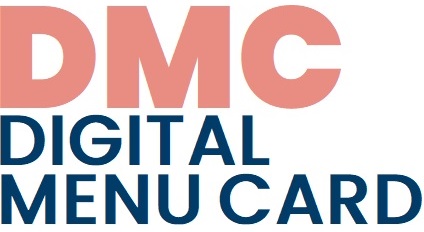Podcast maker, upload platform.
Before registering / logging in, the website provides information on the various options for managing the podcast (e.g. how to get analytics or how to upload or create a podcast using the website).
After registration / login, you will see an introduction to creating a podcast, and you can also view episodes that have already been uploaded
- easy to get started with
- easy to use from any device (tablet, phone, laptop, desktop)
- can be shared instantly on larger streaming platforms (Spotify, Apple Podcast, etc.)
- it also provides opportunities for individual, pair and group work
- internal search interface: you can browse and be inspired by hundreds of thousands of “podcasts” created by others
- the available statistics can be used to track the viewing, opinion and the range of students.
- it takes time to absorb and learn a lot of information
Suitable for obtaining knowledge and even distributing podcasts.
- Prijava ali Registracija za objavo komentarjev
Podcast
Podcast
A podcast is a piece of audio (or video) that is published online by its creator. It is broadcast-like content that can be accessed online after uploading. It is available on a wide variety of topics and is usually categorised as such on the internet. Podcasts can be produced in many different ways: the idea is to present a rounded discussion or argument on a topic of your choice.
Audio recordings can be made very easily, using a free downloadable dictaphone as a phone app, a digital recorder or even studio-level equipment. The key is to have a relatively high quality sound recording. Due to lack of experience, you can expect minor to major difficulties at the beginning.
There is a wide variety of microphones, including simple USB microphones for those who don't want to spend a lot of money on such things.
For microphones you need a sound card, which is also an amplifier. It's also a good idea to get a closed-back headset, as it eliminates noise effectively.
There is also a wide range of sound editing software, of which it is recommended to try various free versions first, but later it might be worth to opt for a premium version. Partly free programs are useful because they allow you to get to know the program without having to pay for it, and to make a realistic decision about investing in the premium version, with a wider range of features. Cubase and AKAI are good programs, but NCH and CakeWalk also have good products on the market. Among Apple users, Logic is the most popular.
A completely free podcast maker is Anchor, for example.
In addition, the audio format is also important: this is usually MP3, but WAV and FLAC formats are better for this purpose. Get to know MP3 first, then start using other formats. Discover and compare the formats available.
If you also want to record video, you will have to pay more. A good camera (Panasonic, Canon, Sony) and a microphone that can be mounted on the camera or on yourself are essential.
For video editing software, the same applies as for sound editing. Here, Apple users have the advantage with iMovie. The Vegas program, which anyone can use, is highly acclaimed, even though it is not free. As for the format, you can't go wrong with MP4. Instead of working on a laptop, a faster, better desktop machine is preferable.
Even a short audio podcast of 30 minutes is large (30 MB) and the amount of work (minimum + 1 hour) to be invested in editing and making is considerable. At the beginning, because of the lack of experience already mentioned, dedicate more time. A video of the same length is more than 10 GB, and the work to be invested is at least double.
Conclusion: everyone is recommended to make a podcast at least once, which can be done with a phone and an editing program, but if you want to make podcasts regularly, you should consider using better equipment.


